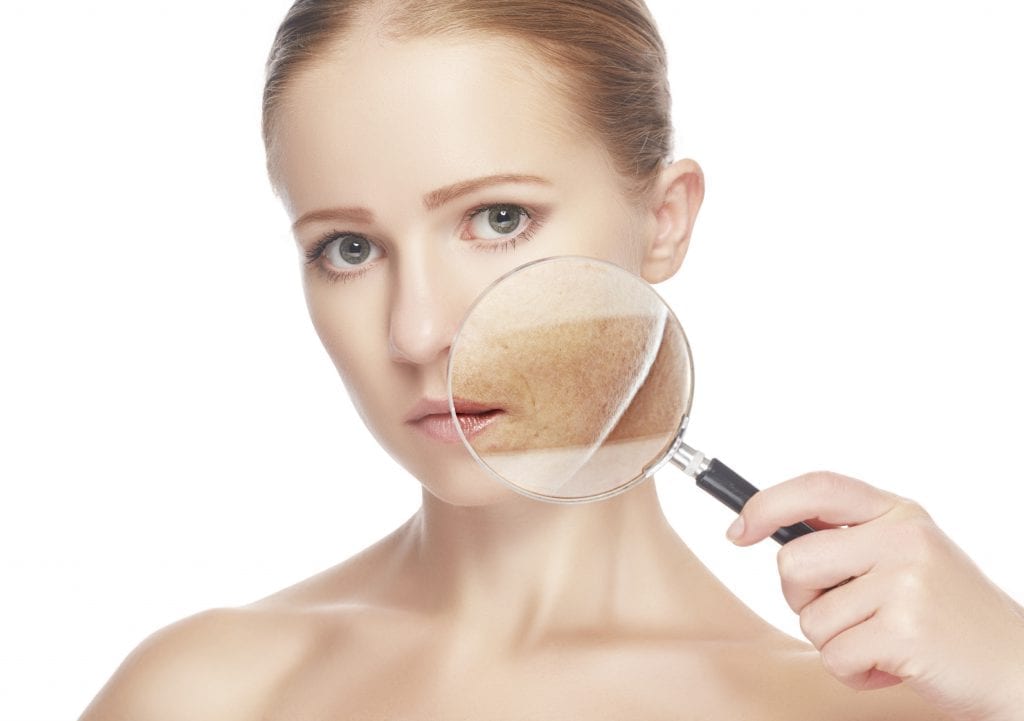
Each time we have to wash our faces at the end of the day, it’s often with the intent of removing makeup, might be some dirt from the city roads, and might be some finger oils from stressfully rubbing our eyes, temples, or your forehead at work. But what about the stuff that’s in the air? The pollution that is emitted from warehouses, vehicles with emission problems, and tobacco, and then becomes absorbed into our skin?
According to Dr. Joshua Zeichner, dermatologist and director of cosmetic and clinical research in dermatology at Mount Sinai Hospital, the pollution that affects the skin “is a combination of smoke(smog) and particulate matter (small, floating particles) in the skin.” These pollutants arrive from everything from car exhaust to metal smelting to smoking, industrial gasses, and regular old dust, releasing harmful chemicals into the environment (think carbon dioxide, PAHs, sulfur, and dioxide) and then into your skin. Elizabeth Jones, advanced instructor at Dermalogica and International Dermal Institute, notes that “particulate matter is particularly dangerous, as it can be a mixture of these compounds and can range in size from 10 microns and 2.5 microns.” According to Jones, your skin pore, most likely, is around 50-70 microns, which implies that even particulate matter can easily get into one of your skin pores and do some damage.
One of the greatest factors in air pollution is the ozone, adds Dr. Anne Chapas, dermatologist and founder of Union Square Laser Dermatology. “This toxic gas forms when UV light hits mono-nitrogen oxides, and it’s thought to be one of the main causes of pollution-related skin damage,” she states. From the air these pollutants can get directly absorbed into that pretty, porous skin of yours.
The bad effects of air pollution on skin are much and serious, and the number one repercussion dermatologists have found? Premature wrinkling and irregular skin pigmentation (i.e., hyperpigmentation and hypopigmentation). Dr. Zeichner says that this is caused primarily by free-radical damage and chronic inflammation from these air pollutants. The “collagen fibers get fragmented and weakened,” he explains, “and pigment-producing cells go into overdrive,thus causing dark spots.” Jones says that these pollutants equally strip our skin of essential vitamins: “The particulate matter and air pollution stay on our skin and cause a depletion of vitamins.” This, again, causes damage to the collagen fibers and produces free radicals that results to premature aging. How else would air pollution be affecting your skin? “Sensitivity, irritation, dehydration, breakouts, pigmentation, and fine lines and wrinkles,” according states Jones.
I'm Professional Digital Marketer
Post new comment
Please Register or Login to post new comment.